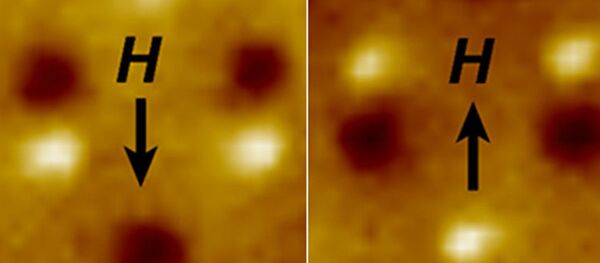Paramagnetic crystals — nanoparticles whose magnetic field flips chaotically — have been researched previously, although for other applications. By applying energy to these crystals, it is possible to make them strongly magnetic. Under these conditions the crystals act in a similar fashion to a magnetic gas.
Until now, pharmacological use has been restrained, as the crystals' tiny size indicated that their movement inside the human body could not be controlled effectively and, should the magnetic field be removed, the crystals would aggregate, causing severe physical problems.
New applications for paramagnetic crystals, presented by Kezheng Chen and Ji Ma, however, allow for much larger crystals to be produced, by means of involving much higher temperatures and pressures in the production process. Crystals produced using Chen's technology are still tiny compared to the size of a human cell, but can now be controlled precisely and are designed to not aggregate, enabling them to be used for targeted drug delivery.
"The largest superparamagnetic materials that we have been able to make before now were clusters of nanocrystals that were together about a thousand times smaller than these," Chen said.
This technology is thought to be especially useful for cancer eradication, as the most common treatment for cancer — chemotherapy — causes severe physical damage to the patient's body. If chemotherapy drugs are applied precisely to the tumor area alone, side effects could then be reduced dramatically.
The crystals can also be used in engineering projects that require so-called smart fluids to change properties when a magnetic field is applied, researchers said. A vehicle suspension, or a prosthetic limb could alter rigidity on command with the application of a magnetic field, according to research published in the journal Physics Letters A.



